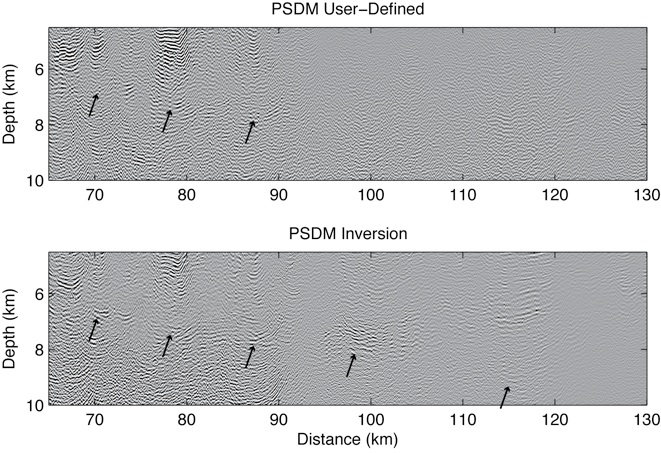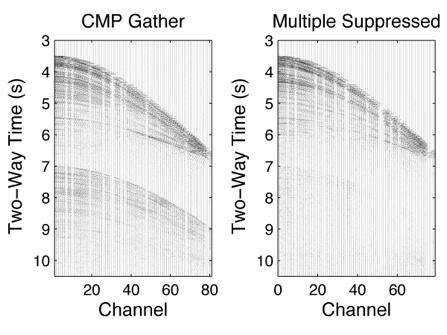
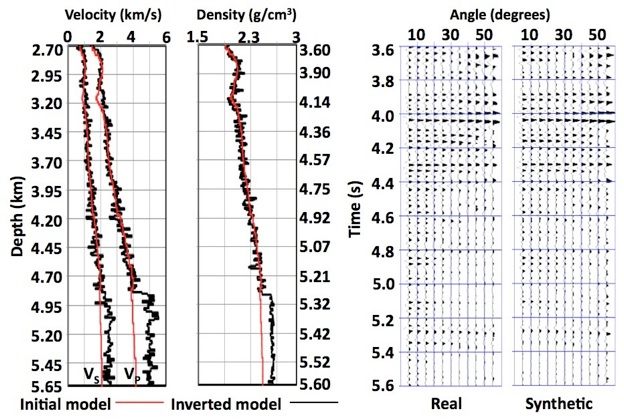

My work imaging and inverting seismic data from the Cascadia Subduction Zone and won an Outstanding Student Paper Award at the 2012 fall AGU meeting. I am motivated by our driving question:
Where is the subducting plate interface for the Cascadia offshore megathrust, and what governs its seismogenic character?
Character of the Cascadia Subduction Zone (CSZ)
Our target depth is often obscured by the free-surface multiple
A1. Eliminate the Surface-Related Multiple
My work with our open-access data set has focused on two major products: (A) a prestack waveform inversion producing a highly-detailed velocity model and pre-stack depth migrated image, and (B) pre-stack depth migrations of the 4 co-located seismic lines aimed to determine optimal imaging parameters
A2. Pre-Stack Waveform Inversion: 1D
A3. Pre-Stack Waveform Inversion Across Seismic Transect
Research
Cascadia Subduction Zone
These velocity models do no have seismic data overlaid, the stratigraphy is present in the velocity model from the inversion. Above, the velocity structure closely follows the folds of the thrust sheets. Below, the increasing velocity approaching the deformation front at ~45 km suggests progressive dewatering of incoming sediment.
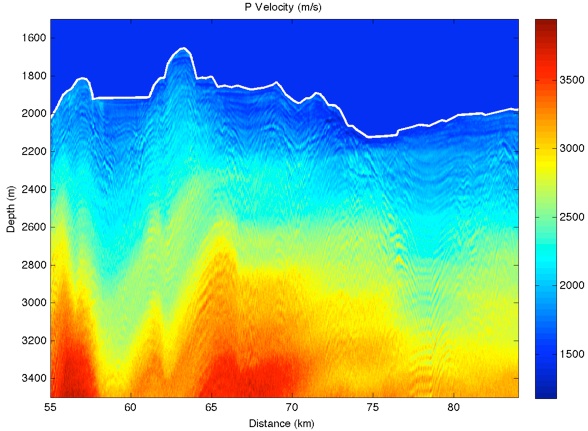
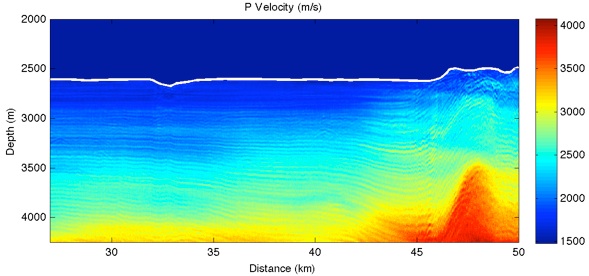
A4. PSDM Improvement with Inverted Velocity Model
Seismic images processed courtesy of Paradigm Geophysical’s Echos and GeoDepth packages. www.PDGM.com
